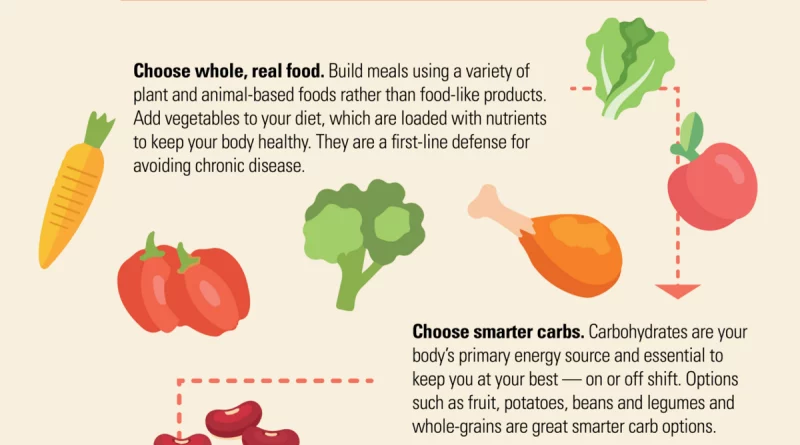Healthy Diet Food Plan Tips For Weight Loss
Healthy dieting is not about strict nutrition philosophies, staying unrealistically thin, or depriving yourself of the foods you love. Rather, it’s about feeling great, having more energy, and keeping yourself as healthy as possible, all of which can be achieved by learning some nutrition basics and incorporating them in a way that works for you while you lose weight.
Most often it just requires a change in your lifestyle, thinking, and diet to make a big difference. One specific problem that leads to obesity is the food we eat. More often, we choose to eat tasty unhealthy foods over fresh fruits and vegetables. If you want to make a difference, here are five tips you can count on if you want to be on a healthy diet plan.
1. Learn Not To Overeat
Learning to stop eating when you are no longer hungry is a very good habit to develop. Most often, people become fat because they cannot control their appetite. It does not matter if you eat 3 or 6 meals a day. You can eat 6 meals per day and still lose fat. The more important matters are the foods you eat, and how much food you eat. If you eat McDonald’s six times per day, you will not lose weight.
But if you eat 6 meals per day of whole, natural foods, you will still burn belly fat and lose weight quickly. Whole, natural foods include fruits, vegetables, and raw nuts.
2. Do Not Skip Meals
Skipping meals would decrease your metabolism as your body thinks that you have entered starvation mode and will try to conserve whatever it has. If you want to lose weight, this is something that will not help you at all.
3. Choose good carbohydrates
Learn to replace white rice with whole grains like brown rice and other fiber-rich carbohydrate sources that are ideal for losing weight through healthy eating. Plain white rice has far less Vitamin E, Thiamin, Riboflavin, Niacin, Vitamin B6, Folacin, Potassium, Magnesium, Iron, and over dozen other nutrients. Added to that, the dietary fiber contained in white rice is around a quarter of brown rice. This is a form of healthy eating plan that you can incorporate into any of your weight loss programs.
4. Go for Good fat, not No-fat
The human body uses fatty acids to do everything from building cell membranes to performing key functions in the brain, eyes, and lungs. We should all be increasing our intake of healthy omega-3 fatty acids, which we need for body functions like controlling blood clotting and building cell membranes in the brain. The best sources are fatty fish such as salmon, herring, mackerel, anchovies, sardines, or some cold-water fish oil supplements. Canned (albacore) tuna and lake trout can also be good sources, depending on how the fish were raised and processed.
If you are concerned about your weight issues, rather than avoiding fat in your diet, try replacing all the bad fats with good fats. This might mean replacing some of the meat you eat with beans and legumes, and using vegetable oils rather than tropical oils, which tend to contain more saturated fats. Unknowingly you are exercising a healthy diet plan.
5. Limit Sugary Foods
Sugar is added to a vast array of foods. By getting rid of sodas and juices — and even sugar-laden Starbucks coffee — you can cut out 500-1000 calories per day from your diet. This alone would cause a 1-2 pound weight loss in a week.


